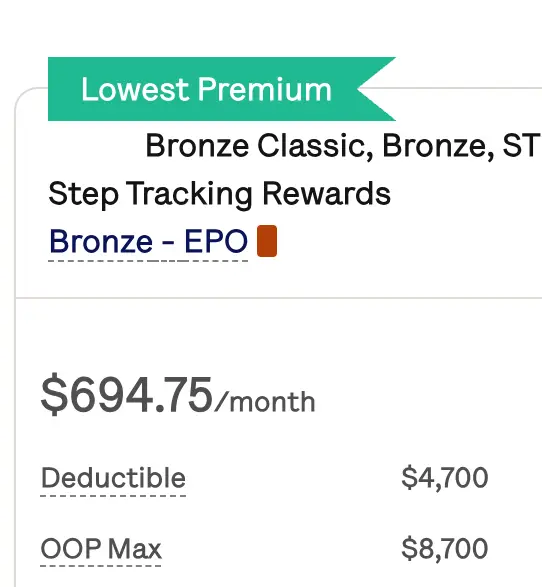What Are the Early Symptoms of Shingles?
Shingles are characterized by painful rashes or blisters caused by the reactivation of the chickenpox virus in your body. You can only contract shingles if you have had chickenpox, usually occurring in childhood. The virus that causes shingles is the same virus that causes chickenpox. Treatment includes antivirals and pain-reducing measures, but the best form of prevention is vaccination.
What are the Symptoms of Shingles?
Shingles are a disease that lives in your nerve cells and affects your nerves. You can only contract shingles if you have had chickenpox at some point in your life, as shingles are a reactivation of the same virus within your body. Common symptoms, as outlined by the National Institute of Health (NIH), include:
- Fluid-filled blisters
- Burning, shooting pain
- Tingling, itching, or numbness of the skin
- Chills, fever, headache, or upset stomach
Early symptoms of shingles have been reported in some cases, where a person experiences them prior to having a visible rash or blisters. Some “early” symptoms listed by NHS 24, a national telehealth and telecare organization, include:
- headache
- burning, tingling, numbness, or itchiness of the skin in the affected area
- a feeling of being generally unwell
- fever
Diagnosis of Shingles & Serious Complications
Shingles must be diagnosed by a medical professional. Your doctor should ask for your medical history and the symptoms you have been experiencing recently. The giveaway for shingles includes pain and itching on one side of the body and fluid-filled blisters or rashes. The majority of the time, your doctor can diagnose you through a visual examination.
Your doctor may also take a skin sample to analyze in a laboratory and confirm shingles. When visiting your doctor with a suspected case of shingles it is helpful to know your medical history, specifically if you have ever received the chickenpox vaccine. This will be helpful for your doctor to diagnose you and begin treatment.
It is crucial to seek medical care right away if you suspect shingles. Although shingles usually clear up with treatment within 3 to 5 weeks, they can cause some more serious complications and health conditions. Specifically, if shingles symptoms develop in or around the eye it can lead to eye damage or blindness.
The most common complication associated with shingles is postherpetic neuralgia (PHN). PHN is defined by the National Health Service (NHS) as “a lasting pain in the areas of your skin where you had shingles.” Approximately 10 to 18 percent of people who have shingles will experience PHN, with a higher likelihood being those older than 40 years. The CDC lists these as rare complications sometimes associated with shingles:
- pneumonia
- hearing problems
- brain inflammation
- death

Get affordable doctor copay without paying insurance premiums
Join 39,000 people and get Mira, the best alternative to traditional insurance. Enroll and use immediately. Plans start at only $45/mo.
Kendra Bean is from Maui, Hawaiʻi. She is currently enrolled at the University of Hawaiʻi at Mānoa, specializing in Epidemiology. She is passionate about improving health literacy and access to care, specifically in rural areas.
